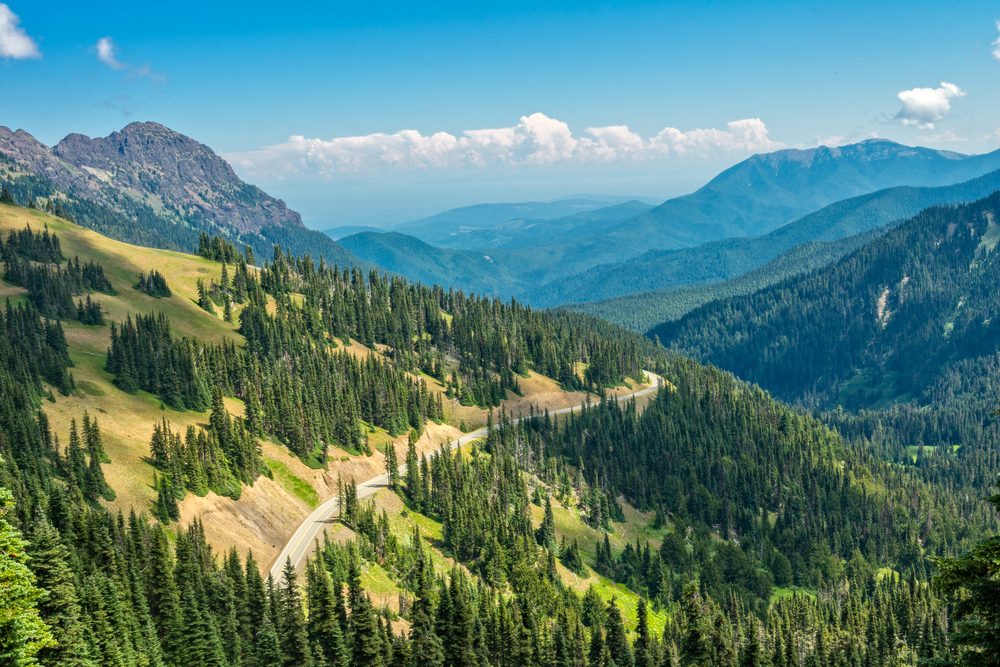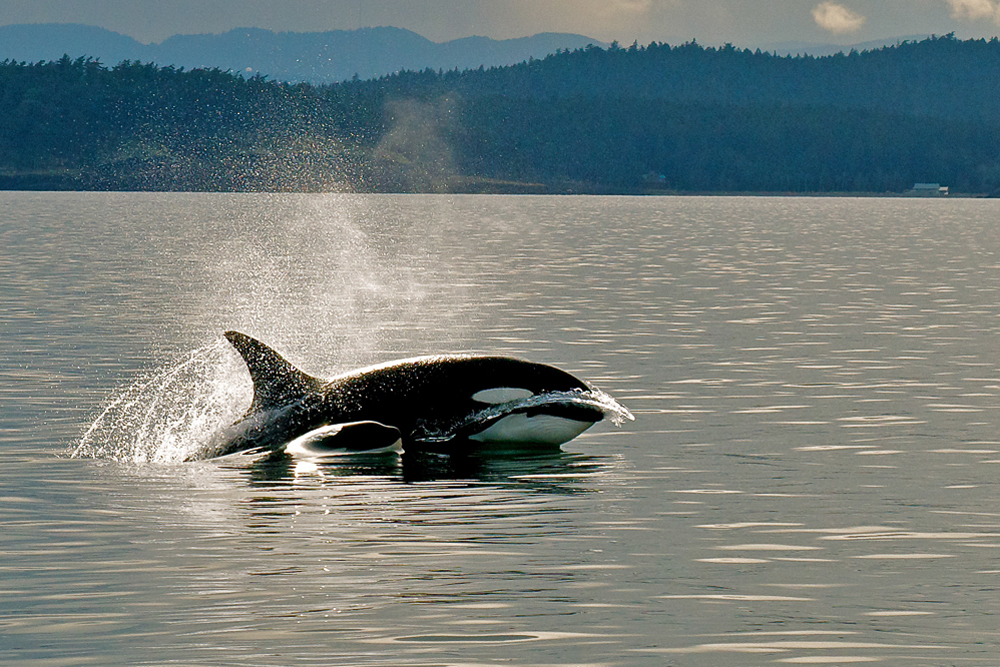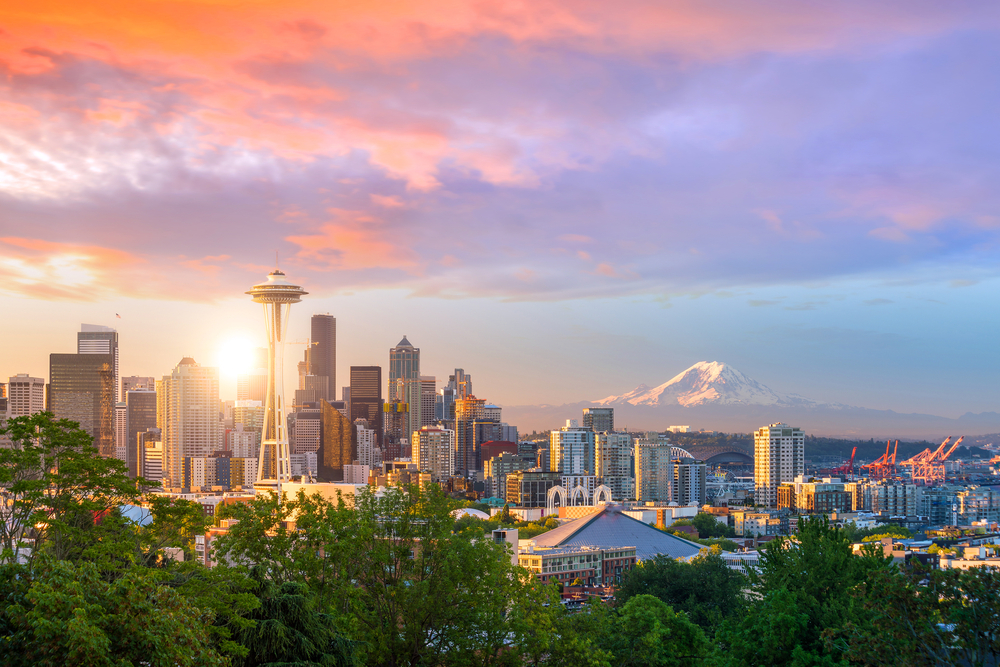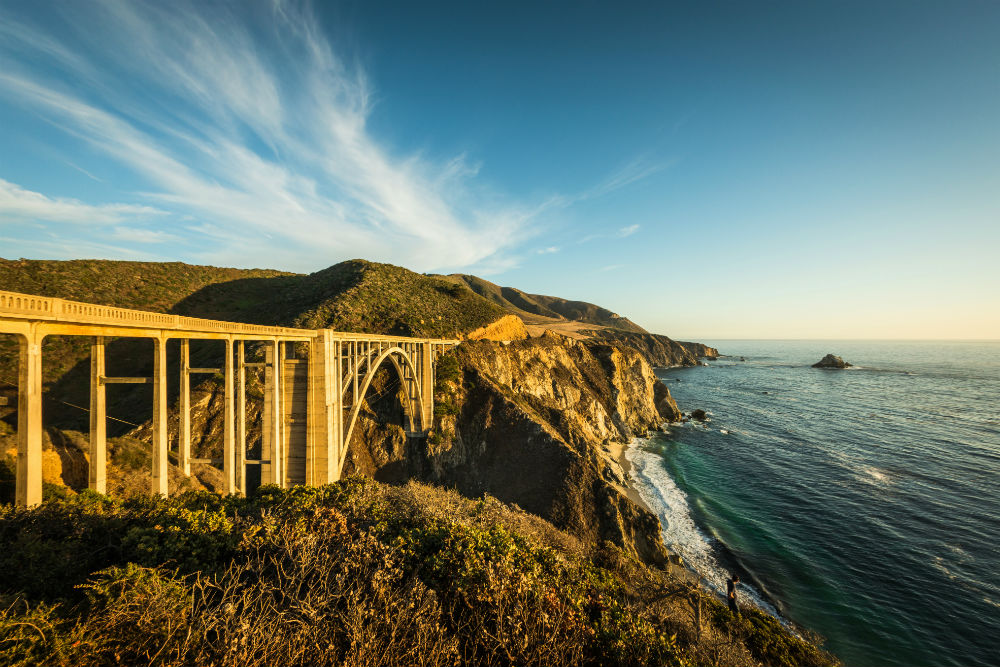San Juan Islands and the Olympic Peninsula: Insider’s Guide to Washington
 You can hike gorgeous trails like this one in Washington's Olympic National Park. Photo: Shutterstock
You can hike gorgeous trails like this one in Washington's Olympic National Park. Photo: Shutterstock
The insider advice on this page is from one of Wendy’s Trusted Travel Experts for the Pacific Northwest: Sheri Doyle of Pacific Northwest Journeys.
A former corporate attorney, Sheri Doyle brings her legal-eagle eye for detail to the itineraries she crafts. She plans urban and adventure trips all over the Pacific Northwest—in both the United States and Canada—as well as the northern California coast and parts of the Canadian Rockies. Her self-drive itineraries typically run to 20 pages, covering everything from detailed driving directions to activity suggestions and restaurant recommendations in each location. Geared to your interests and preferences, each itinerary is a personalized guidebook to save you hours of research time. As a resident of Seattle for nearly three decades, Sheri has traveled extensively within the region; she’s repeatedly hiked the trails, kayaked the waters, slurped the oysters, and attended the jazz concerts at every place she recommends. She has slept at most of the hotels, too, and gets preferred rates at many of the top properties, which saves her clients a bundle—especially in the popular summer months.
Where to Stay and Eat
Best bang-for-your-buck hotel
The Inn at Ship Bay on Orcas Island. This is the best value in the islands in summer: water-view rooms for just $224 a night. They are comfortable rather than swanky, but when you’re able to enjoy the view from your balcony—and then walk a few steps to the hotel restaurant, which is one of the island’s best—you won’t worry about the motel-style bathrooms.
Restaurants the locals love
On San Juan Island: Duck Soup Inn has been around for years and is the go-to place for fine but casual dining on this island, about four miles from Friday Harbor. There’s no water view, but the cabin-in-the-woods vibe is charming and the food is terrific—the scallops are particularly noteworthy.
On Orcas Island: The outdoor bistro at Buck Bay Shellfish Farm, on the far side of Moran State Park, overlooks the shellfish beds where the restaurant sources their clams and oysters. Start with fresh local oysters or seafood chowder, then add a big bowl of steamed clams for a satisfying meal.
In Sequim: Alderwood Bistro is the best restaurant on the Olympic Peninsula. It’s known for wood-fired pizzas, but they do local fish very well too. Save room for the carrot cake, an almost-healthy organic version made with carrots and flour from the nearby Nash’s farm.
What to Do and See

Hurricane Ridge in the vast Olympic National Park, Washington. Photo: Shutterstock
Don’t miss
Port Angeles, on the Olympic Peninsula. It still shows its blue-collar logging and fishing roots, but it’s grown into a town worth spending some time in. The waterfront is refurbished and the Feiro Marine Life Center is worth visiting for its interactive aquariums. Next Door Gastropub serves pub cuisine made with fresh local ingredients, pours local craft beers, and hosts local bands.
Don’t bother
Friday Harbor. This town in San Juan Island is nice enough and has excellent restaurants, but you don’t go to the San Juans to stay in a town—you want to be out in the countryside.
Hidden gem
Dungeness Wildlife Refuge. Between Sequim and Port Angeles, this seven-mile-long sandspit is a well-kept secret, teeming with birds and marine mammals including seals. There’s a lighthouse at the end that you can visit or, better yet, staff: Volunteers can play lightstation keeper for a full week.
Instagram Moment
The view from the top of Mount Constitution on Orcas Island at dusk. Walk down one of the trails to get away from any crowds clustered at the top and to get the best photo of the surrounding islands, with the Cascade Mountains in the background. On your way back down, stop at the west-facing viewpoint to get a sunset shot.
Best Times to Go

September: This is a great time to travel to both the San Juan islands and the peninsula. The weather is usually still very nice, but there are fewer tourists around than you’d find in July and August.
June: This is the best time to see the resident orcas in the San Juans. The weather can be iffy, but that can be a plus on the Olympic Peninsula (see “Worst Time to Go”).
Worst Time to Go
July and August may bring the clearest skies but also the crowds. The temperate rainforest in Olympic National Park is also likely to be dry then; it’s at its most atmospheric when the ferns and other vegetation are dripping with moisture during a wetter month.
Biggest Rookie Mistakes
Not allowing enough time for Olympic National Park. It’s huge and you can’t drive through it, only around it. The ideal strategy is to stay in two locations within the park for several days each.
Not making ferry reservations. Since 2015, the Washington State Ferries have been accepting reservations to and from the San Juan Islands, so long waits are a thing of the past—provided you make reservations. (Just 10% of the space is held for those who don’t reserve ahead.) Ferry reservations open up for the whole summer in April, with additional spots made available two weeks prior to each sailing and again two days in advance.
The Souvenir
A piece of jewelry or art from Orcas Island Artworks. The gallery is back at its original location in the hamlet of Olga, just past Moran State Park, after a 2013 fire destroyed the original building.
Must-Have App
The Washington State Department of Transportation (WSDOT) app gives you ferry schedules and traffic updates.
Airport Intel
If you choose to fly to the San Juans on a Kenmore Air seaplane, be warned that you can only bring 25 pounds of luggage per person.
Don’t Forget to Pack
A wind-breaking rain jacket. You’ll need this in summer, too. Forks, on the west side of the Olympic Peninsula, gets well over 100 inches of rain a year (compared to Seattle’s 45 inches or so). Some of that rain has to fall in summer too. And even if it doesn’t rain, you’ll need a good windbreaker when you’re out whale watching.










